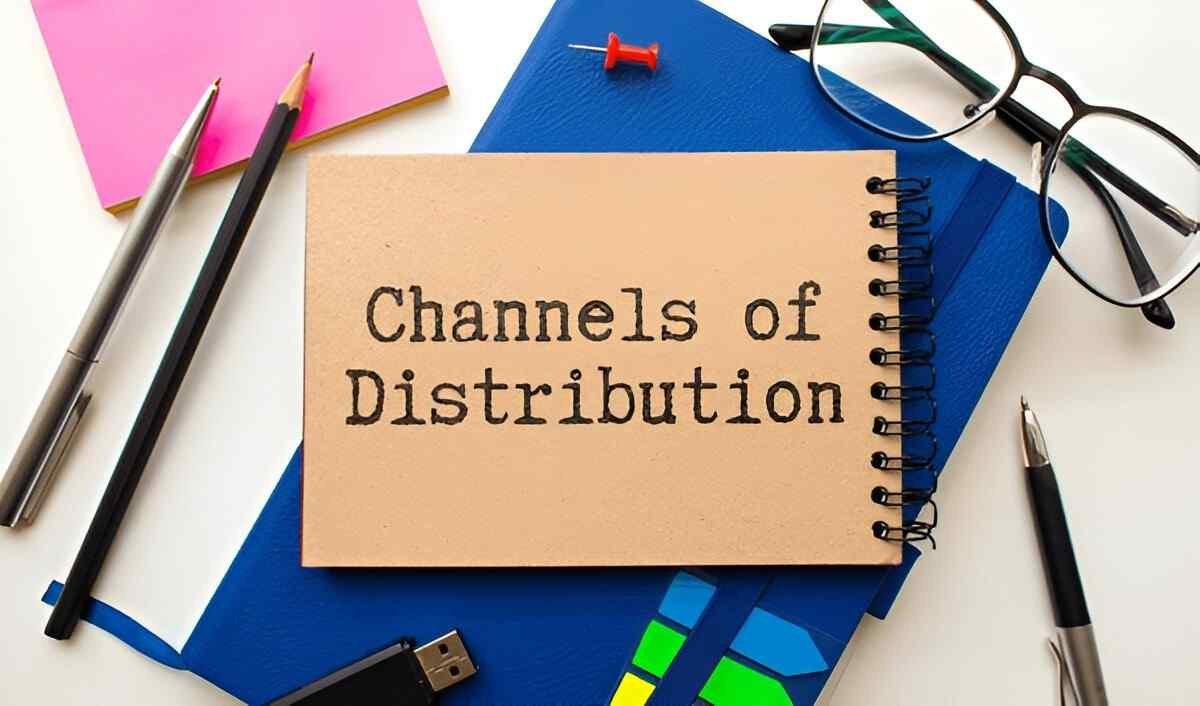In the world of business, getting products from the manufacturer to the consumer is a critical process. This is where distribution channels come into play. A conventional distribution channel is one of the most common methods used to achieve this. This guide will explain what a conventional distribution channel is, how it works, and provide examples to make it easy to understand.
Table of Contents
What is a Conventional Distribution Channel?
A conventional distribution channel is a traditional way of moving goods from the producer to the final consumer through a series of intermediaries. These intermediaries typically include wholesalers and retailers who each play a specific role in the distribution process.
Components of a Conventional Distribution Channel
- Manufacturer/Producer: The company or entity that creates the product.
- Wholesaler: An intermediary who buys products in bulk from the manufacturer and sells them in smaller quantities to retailers.
- Retailer: The intermediary who buys products from the wholesaler and sells them directly to the final consumer.
- Consumer: The end user who purchases and uses the product.
How Does a Conventional Distribution Channel Work?
Step-by-Step Process
- Production: The manufacturer produces the goods.
- Bulk Purchase: The wholesaler purchases large quantities of goods from the manufacturer.
- Distribution to Retailers: The wholesaler sells the goods in smaller quantities to various retailers.
- Retail Sale: Retailers sell the goods to the final consumers.
Each step involves the transfer of ownership and often the physical movement of the product from one intermediary to the next until it reaches the consumer.
Example of a Conventional Distribution Channel
Let’s consider an example to illustrate how a conventional distribution channel works.
Example: Soft Drink Distribution
- Manufacturer: Beverage Co. produces soft drinks.
- Wholesaler: ABC Distributors buys large quantities of soft drinks from Beverage Co.
- Retailer: Local Grocery Store purchases smaller quantities from ABC Distributors.
- Consumer: Jane Doe buys the soft drink from Local Grocery Store.
In this example, Beverage Co. creates the product, ABC Distributors handles the bulk distribution, Local Grocery Store sells to consumers, and Jane Doe enjoys the final product.
Advantages of Conventional Distribution Channels
Conventional distribution channels offer several benefits for businesses and consumers:
- Wide Reach: Wholesalers and retailers help distribute products to a broader market, reaching more consumers.
- Specialization: Each intermediary specializes in a particular aspect of the distribution process, improving efficiency.
- Economies of Scale: Wholesalers can purchase in bulk, reducing costs for manufacturers and allowing retailers to buy in smaller, more manageable quantities.
- Consumer Convenience: Retailers provide a convenient location for consumers to purchase products.
Disadvantages of Conventional Distribution Channels
However, conventional distribution channels also have some drawbacks:
- Increased Costs: Each intermediary adds a markup to the product price, making it more expensive for the final consumer.
- Loss of Control: Manufacturers may have less control over how their products are marketed and sold.
- Slower Response Time: The involvement of multiple intermediaries can slow down the distribution process, making it harder to respond quickly to changes in demand.
Modern Alternatives to Conventional Distribution Channels
With advancements in technology and changes in consumer behavior, new distribution channels have emerged:
- Direct-to-Consumer (D2C): Manufacturers sell directly to consumers, often through online platforms, eliminating intermediaries.
- E-commerce: Online retailers and marketplaces connect manufacturers directly with consumers, streamlining the distribution process.
- Omni-Channel: A combination of traditional and modern distribution methods, offering consumers multiple ways to purchase products.
Conclusion
A conventional distribution channel is a traditional and widely used method for getting products from manufacturers to consumers through intermediaries like wholesalers and retailers. While this method offers many advantages, including a wide reach and specialization, it also comes with challenges such as increased costs and slower response times. Understanding the workings of conventional distribution channels helps businesses make informed decisions about how to best distribute their products and meet consumer needs effectively. As technology continues to evolve, businesses may choose to integrate modern alternatives to enhance their distribution strategies.





